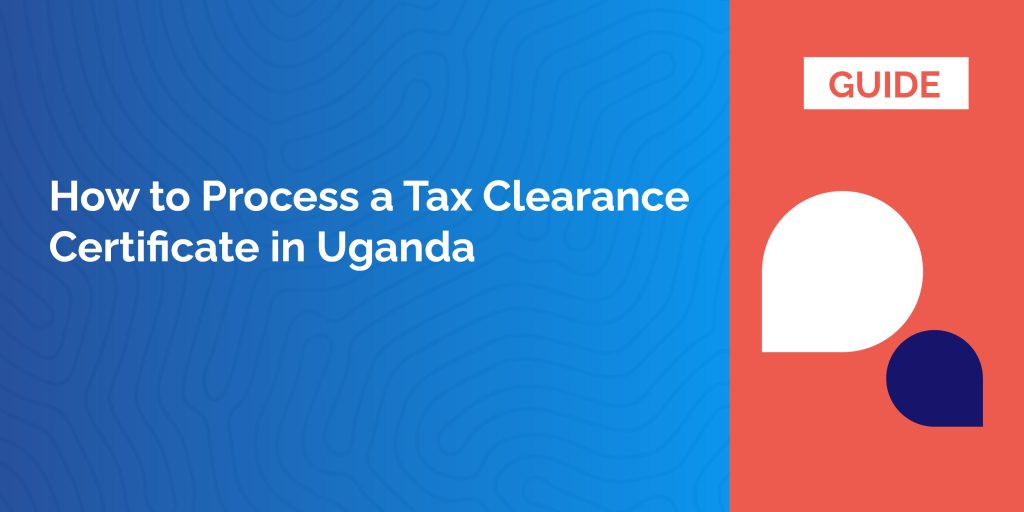Background
We have often advised that when one purchases registered land in Uganda, they should immediately execute transfer documents. This process requires that on addition to handing over the certificate of title (COT) to the purchaser, the vendor should also sign a land transfer form, provide a passport picture, national ID and Tax identification number. With these documents, the purchaser will seek valuation from the government valuer who will determine the applicable stamp duty which upon payment, the COT will be forwarded along with the listed documents to the relevant registry for transfer of the land.
However, there instances where the purchaser may receive the title upon purchase but delays in effecting transfer and by the time they are ready to transfer the land, the vendor cannot be found to sign the transfer form and provide the documents listed above. In such circumstances, the purchaser should follow the steps below to have the land transferred in his or her names. This process is technically referred to as application for a vesting order.
The law applicable
The guiding law for a purchaser who duly purchased the registered land and received title but cannot find the Vendor to sign transfer forms is Section 167 of Registration of titles Act Cap 240 and the Land Act.
The Legal requirements
From the law applicable, it appears clearly that the Commissioner may issue a vesting order only if the purchaser satisfies all the following circumstances;
- The purchase was duly completed and consideration was fully paid.
- The vendor is unable or unwilling to formally transfer title by reason of death, being out of jurisdiction or being untraceable.
- The purchaser is in undisputable possession of the purchased land.
- Step by step process for obtaining a vesting order
The affected purchaser either personally or through a legal representative may take the following steps to obtain a vesting order.
Notify the Commissioner, land Registration
The first step in obtaining a vesting order is to move the Commissioner through a letter either by the purchaser or legal representative. Where as the applicable law does not specify the mode of notification to the commissioner, we advise that it should be through a letter which should be accompanied by a statutory declaration (SD) sworn by the purchaser. This SD should provide the details pertaining to the transaction and confirming that the purchase was completed, purchaser is in possession and that all reasonable attempts have been made to find the vendor to sign transfer forms in vain. It is best that the SD is accompanied by an agreement of purchase to confirm transaction, a copy of title and an LC letter confirming that the applicant for a vesting order is in possession.
Review by Commissioner of Lands
Upon submission of the application, the Commissioner will assign the file to a registrar to review the documents submitted. In some circumstances, the Registrar may require the applicant to appear and submit an original certificate of title for inspection by the Registrar. If all documents are found to be in order, the Registrar will recommend the file to be placed for vesting.
Advertisement of Application
Upon finding that the applicant has made a good case for a vesting order, an application with details of the land, applicant and purchaser is placed in the news paper of wide circulation to provide an opportunity to the members of the public who may be opposed to the said vesting. If after 21(twenty-one) days, no one contests the said application, the Commissioner vests the land into the names of the purchaser. It is crucial that the applicant obtains a copy of the news paper where the advertisement is placed.
Valuation and physical visit
The Government valuer may be required to visit the land to confirm possession and also provide a true value of the land for purposes of assessing stamp duty.
Payment of stamp duty
Upon receipt of assessment for stamp duty, the applicants should make payments through any bank of choice and annex the payment receipt on the file.
Submission of title for transfer
After payment of the relevant duty, the title should be submitted to the relevant registry with all supporting documents for effecting transfer.
Conclusion
To avoid this lengthy process, it is in the best interest of the purchaser to process transfer of the title immediately upon purchasing the registered land. It is also important that upon purchasing land, the purchaser should take physical possession of the same.





